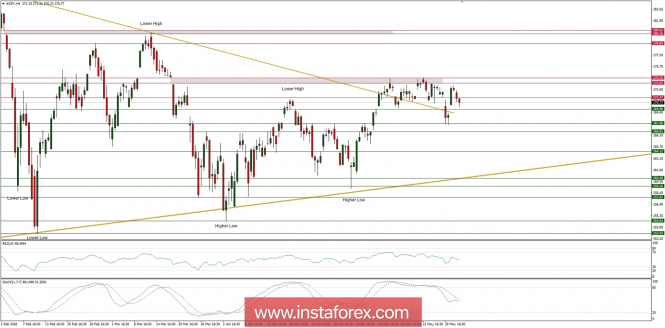US Minister of Trade Wilbur Ross declared on Thursday that his country imposes a 25% steel and 10% duty customs duties on aluminum for the European Union, Canada and Mexico. Tariffs will apply from midnight on Friday time in the US. President Donald Trump originally announced the introduction of retaliatory duties on steel and aluminum in March this year. The American leader then motivated the introduction of tariffs "on grounds of national security." Revenge duties were to enter into force on May 1, however, Trump agreed to delay their introduction for a month against the European Union, Mexico and Canada. Delay in the introduction of customs was to allow US partners from the EU to negotiate a trade agreement aimed at opening up markets for American export products. Representatives of Trump's administration even let them know that they were ready to make concessions in trade negotiations if the Germans decided not to build the Nord Stream 2 gas pipeline. Retaliatory duties against the most important trading partners of the United States were one of Trump's election promises, aimed at winning the electorate in the "rust belt", where competition from cheaper steel and aluminum from abroad resulted in the collapse of industrial production and high unemployment.
In the case of Canada and Mexico, the President delayed the introduction of retaliatory duties by one month due to ongoing renegotiations of the historic NAFTA agreement on free trade between the United States, Mexico and Canada. Penal tariffs - 25% for steel and steel products, and 10% for aluminum and aluminum products - are already covered by these products exported to the United States, including from Russia, China and Japan. Since the announcement in March by President Trump of his decision to introduce retaliation duties, Argentina, Brazil and Australia reached an agreement to avoid additional duties on their steel and aluminum products in exports to the US, agreeing to the quota system of these products.
Let's now take a look at the SP500 technical picture at the H4 time frame. The long-awaited decision on the entry into force on Friday of steel and aluminum tariffs from the European Union, Canada and Mexico caused another decline in the value of shares on the New York Stock Exchange. The SP500 lost over 100 points during the last few hours of the session on Thursday. Currently, the market is still trading above the intraday technical support at the level of 269.90, but in a case of another sell-off, the next target is seen at the level of 267.96. The key zone to the upside is still seen between the levels of 273.42 - 274.15.

